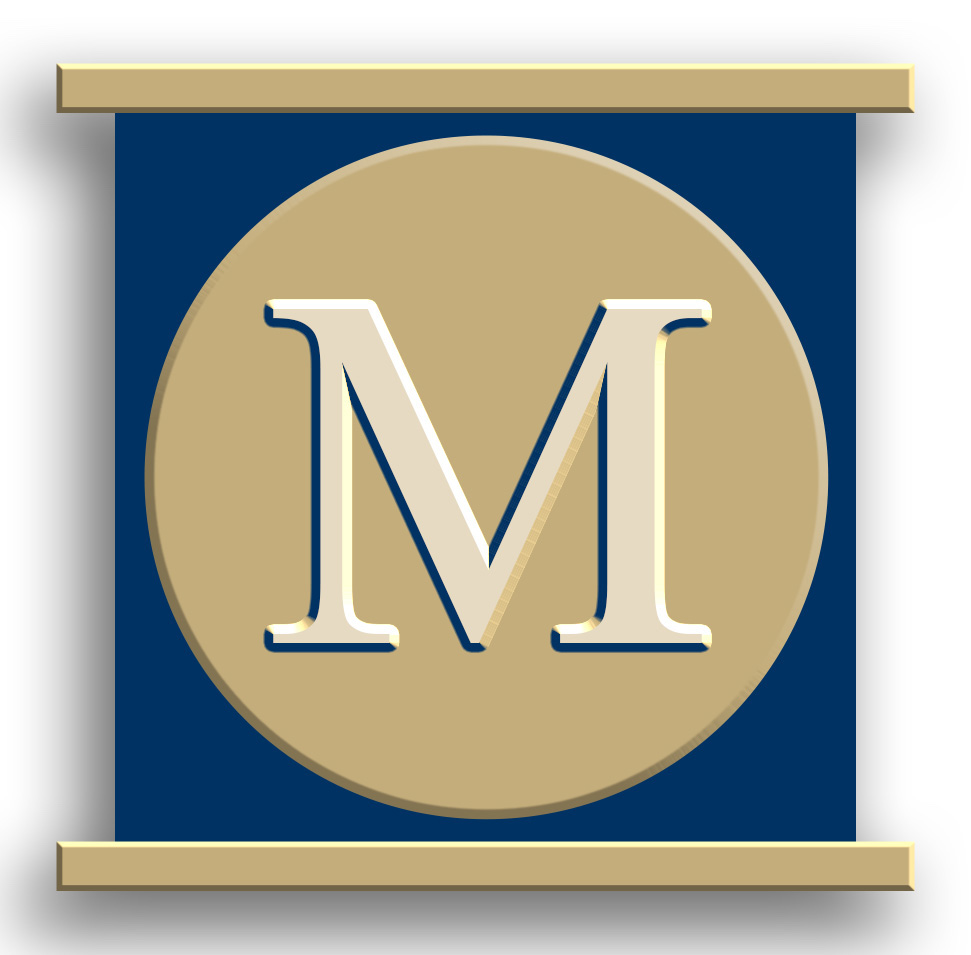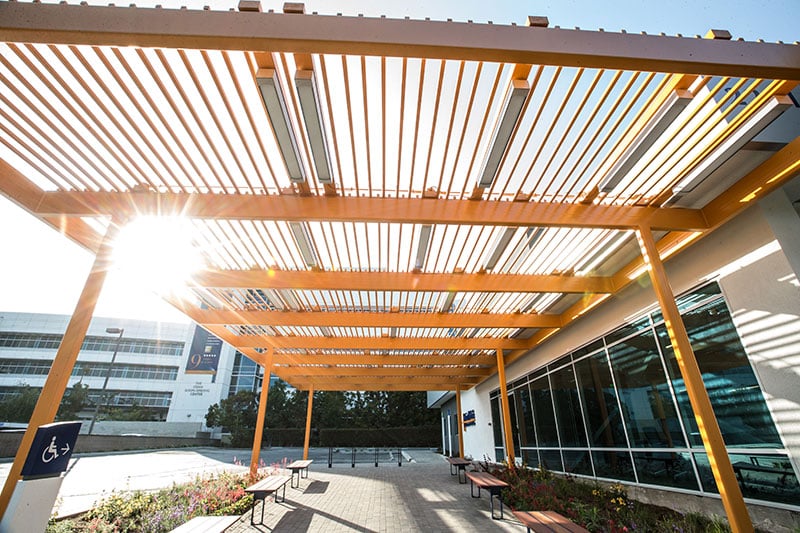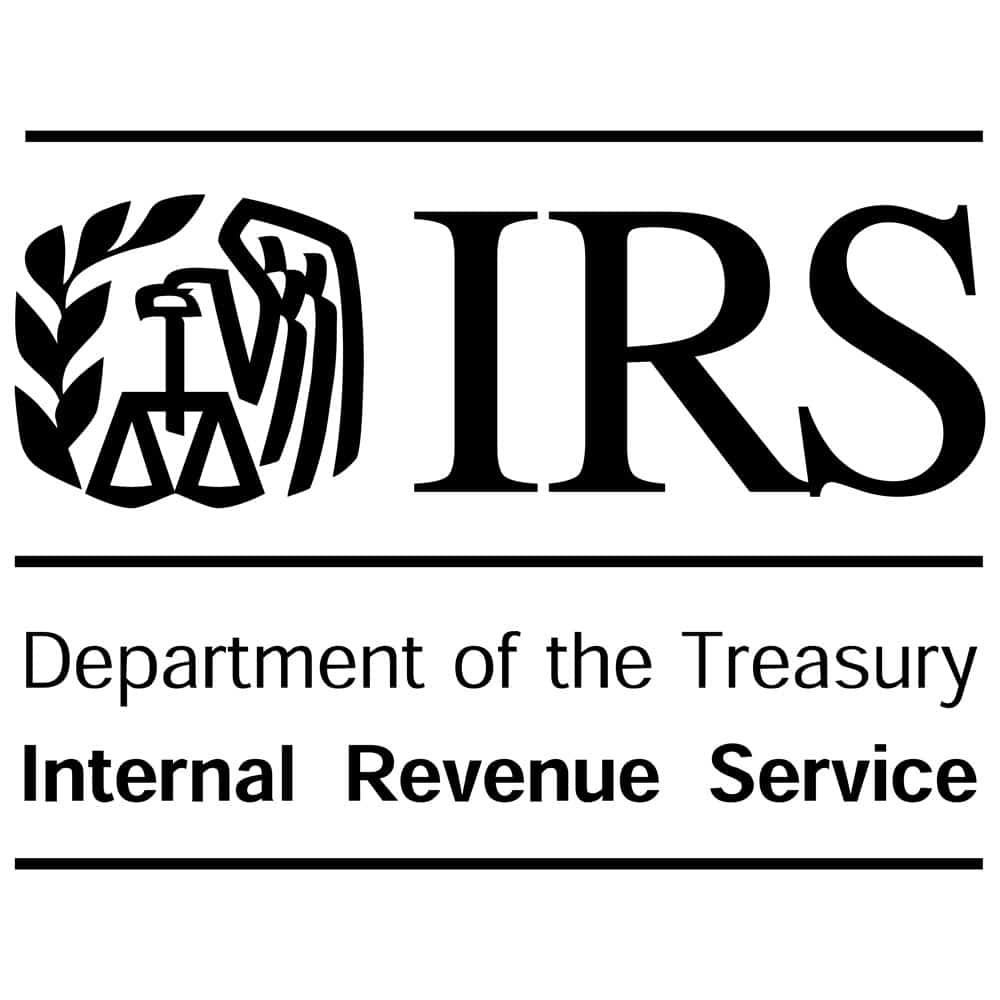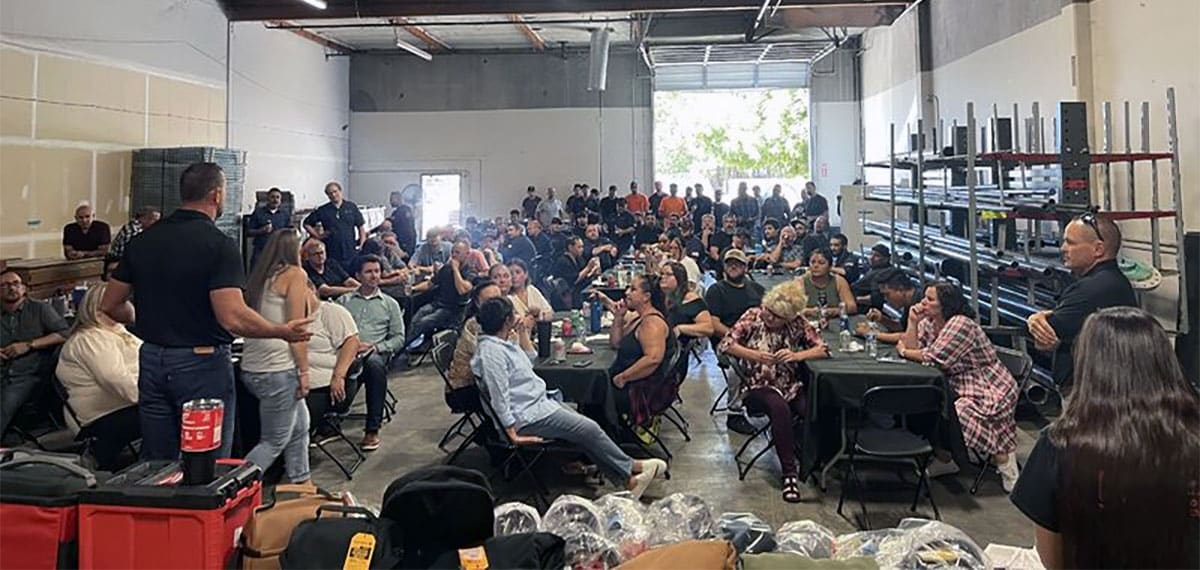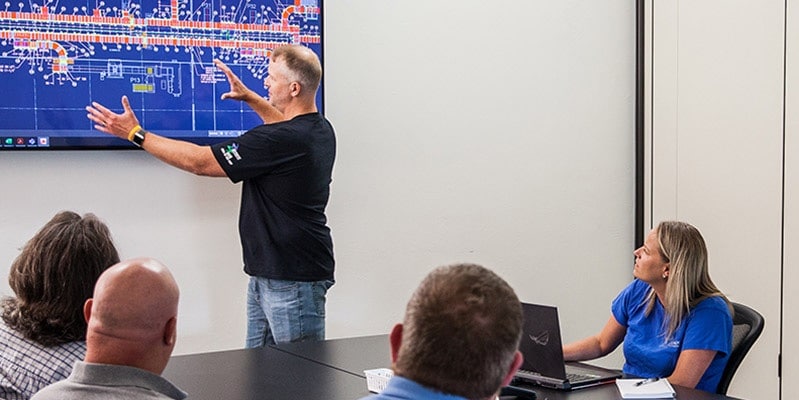At our October 2019 board meeting the younger board members expressed a desire to hear the story of why and how I chose to transition company ownership from me, a sole stockholder, to an “ESOP.” Here is my brief explanation.
We started HPC in 1971 on a shoestring, with a used 40 ton molding press, purchased with $8,000.00 of borrowed money. How we grew the company for the next 27 years will be told in another story.
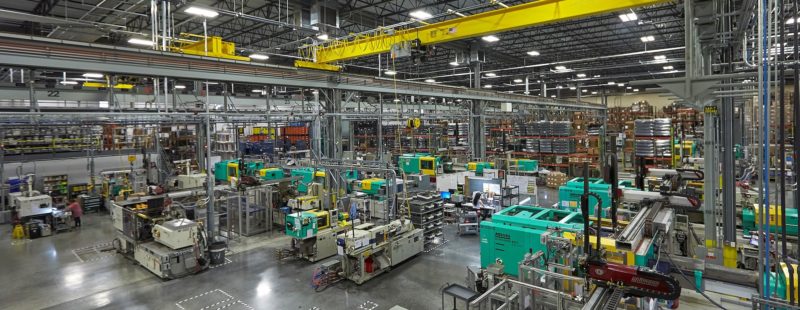
HPC, a 100% ESOP owned company, celebrates its 50th anniversary next year, in 2021.
By the late 1980’s our kids were out of college and I began thinking about how we could smoothly exit from the plastic injection molding business. By this time I had joined an organization called TEC which was a support group of CEO/Owners. I heard many stories, plans and ideas on how my peers in the organization planned to execute a succession plan for their businesses. I came to the realization that the sale of a small business was easier “said than done.”
Essentially the potential buyers of a small business such as ours fell into 3 categories. Namely, Customers, Competitors, or Investors. None of them would be “cash” buyers, willing to pay a fair price for a going profitable enterprise. They all would want to pay a small down payment and give me, the owner, a 5 or more year “non-compete” contract to help earn or pay down all or part of the balance of the purchase price. The disadvantages of these types of transactions is that many of them end up as a merger or consolidation with the loss or displacement of many or all of our employees jobs. In other words no job security for the folks that helped build our company into a successful enterprise.
In 1988 or ’89 a fellow TEC member, named Bernie Siegel, mentioned that he thought our company would be a perfect candidate to sell via an Employee Stock Option Plan. In the same breath he handed me an invitation to an ESOP seminar to be presented by a firm named Menke and Associates. On half a whim, I decided to attend the seminar.
The ESOP presentation, by Menke, was delivered in a very knowledgeable and professional manner. The founder, John Menke, co-drafted the original ESOP legislation that allowed the implementation of ESOP plans. If an attendee brought 3 years of financials along they would evaluate your company for its suitability for an ESOP right on the spot. I returned home with a good first impression and thought about it for several months. I attended one more seminar along the way.
I will mention a few important pro and con features that were important to me.
- A very appealing feature to me was the deferral of Capital Gains Taxes on most of the
transaction. - Contributions to the ESOP trust were tax deductable.
- The sale could occur over several years if necessary.
- I could stay on with the company during the transition.
- The major “con” concern. The regulations required us to change the corporate form of the company from an “S” corporation to a “C” corporation. The “C” form had a much higher Federal Income Tax burden. If the ESOP didn’t work out we would have been “stuck” with higher tax “C” form for at least 5 years.
I figured out that the key management members of our company would have to “buy” into the plan early to make the ESOP a success. Most of their future retirement account contributions would shift from being invested in the current defined benefit plan to Company stock in the ESOP. So we had several small “key employee” meetings to explain and explore ESOP’s as I visualized installing one at HPC. The general reception was quite positive. I also spent quite a bit of time exploring local Chicago area ESOP consultants. I found Menke and Associates to offer the most knowledgeable, comprehensive and competitive firm to help us implement the ESOP plan. An additional “comfort” was added by our corporate attorney, Ray Dalton, who early on advised us that he could guide and lead us through the process, but he did not have the expertise to do a detailed plan. He also cautioned that we would not want to pay him to go through a learning curve to become an “expert ESOP consultant.”
My next task was to “test” the water and see if an ESOP “valuation” would produce a fair price for our company. ESOP regulations require a valuation must be made by an arm’s length consultant, not our own CPA firm. Menke referred us to a valuation consultant named Jack Scripps who agreed to come out to visit and do an Official ESOP valuation for $5,000.00. His report was quite extensive and came up with a valuation that I thought was “fair.” The next task was to find a bank that would make a “mirror loan” to the company with the company in turn loaning the funds to the ESOP trust, which could then write me a check for the number of shares I agreed to sell to the ESOP. I interviewed and eventually received quotes from three local banks.
The best proposal was presented by First American Bank of Dundee, IL. They had a young marketing/sales person, named Marty Carmody, who had been calling on us for 6 or 7 years, trying to secure our business. The bank, in addition to loaning us the money without a hitch, helped me select the rollover investments for the sale proceeds.
So, in 1991, three years after that first ESOP seminar I attended, we sold 30% of HPC’s corporate stock to the HPC employee stock option plan trust. It was a “big” day for the employees, the company and myself. We started contributing profits to the extent IRS regulations allowed to the plan trust and our employees over time became “owners.” Each and every one of them became owners of a part of the productive enterprise they worked for. And if the company was successful and increased in value, their piece of the pie also increased in value.
In 1994 we sold an additional 35% of HPC’s stock to the trust and in 1998, management secured the bank loan to buy the final 35% of the stock, making HPC a 100% ESOP owned company. I made my goal to exit smoothly and retire knowing that I had the satisfaction and privilege to have helped hand down ownership to the employees in the company they helped build.
When HPC celebrates its 50th anniversary next year, in 2021, we can conclude with pride that we together found a way to ensure the company’s continuity and growth. We all worked hard for it and the ESOP proved to be a truly WIN-WIN transaction.

